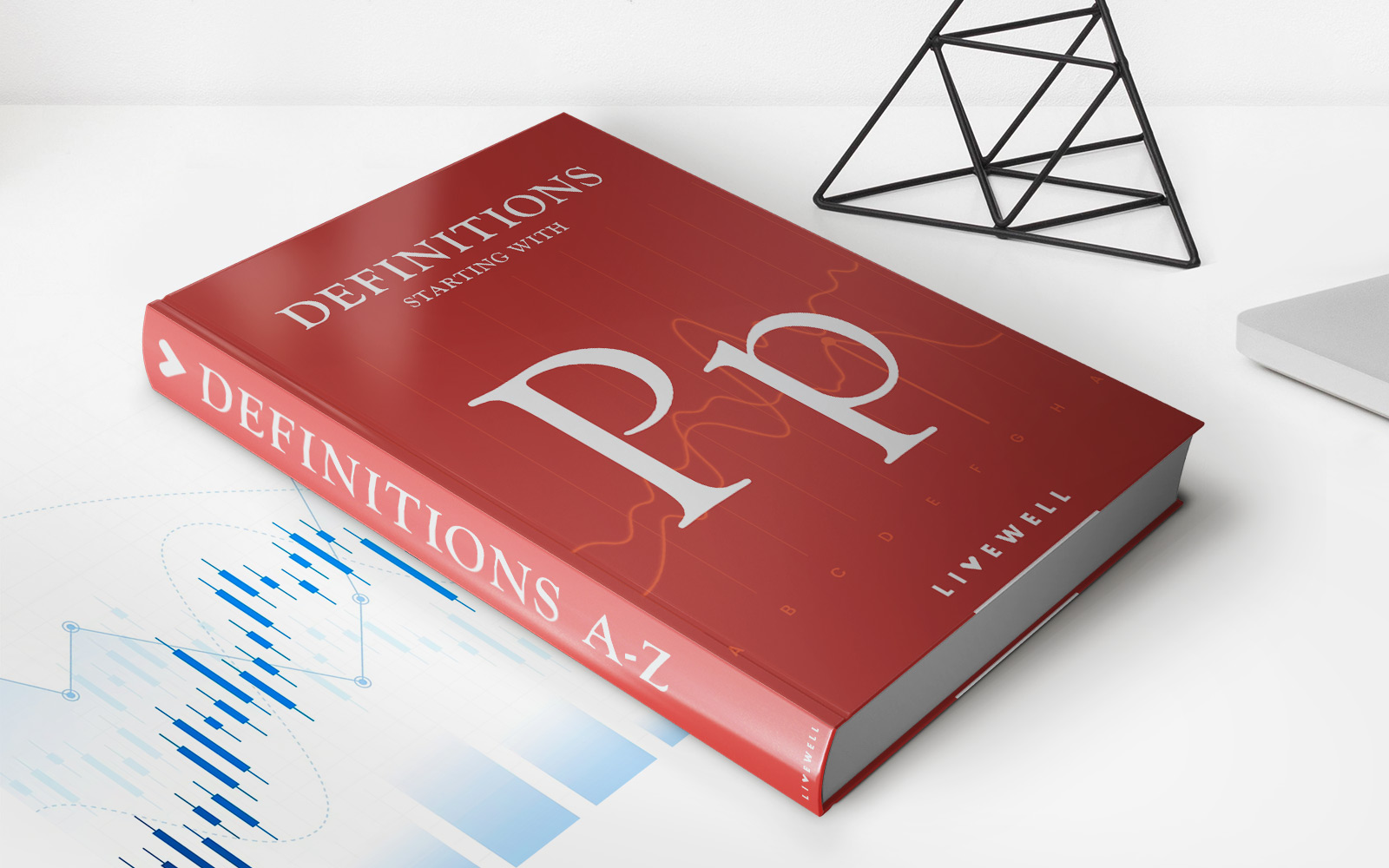Home>Finance>Net Liabilities To Policyholders’ Surplus Definition


Finance
Net Liabilities To Policyholders’ Surplus Definition
Published: December 30, 2023
Learn the definition of net liabilities to policyholders' surplus in finance. Understand its importance and impact on insurance companies' financial health.
(Many of the links in this article redirect to a specific reviewed product. Your purchase of these products through affiliate links helps to generate commission for LiveWell, at no extra cost. Learn more)
Understanding Net Liabilities To Policyholders’ Surplus
Welcome to our Finance blog, where we dive into various aspects of the financial world to help demystify complex concepts. In this article, we will explore the definition and importance of net liabilities to policyholders’ surplus in the insurance industry. If you have ever wondered what this term signifies and how it impacts insurance companies, you are in the right place!
Key Takeaways
- Net liabilities to policyholders’ surplus indicates an insurance company’s financial strength and ability to meet its obligations.
- Insurance regulators monitor net liabilities to policyholders’ surplus to ensure solvency and protect policyholders.
So, what exactly does net liabilities to policyholders’ surplus mean? Net liabilities refer to the total obligations or outstanding claims of an insurance company, including both known and estimated future liabilities. Policyholders’ surplus, also known as shareholders’ equity, represents the remaining assets after deducting liabilities in the company’s balance sheet.
Net liabilities to policyholders’ surplus is a ratio commonly used to assess an insurance company’s financial health. It is calculated by dividing the net liabilities by the policyholders’ surplus. This ratio indicates the extent to which an insurer’s liabilities exceed its surplus, giving insights into its solvency and ability to pay claims.
Insurance regulators closely monitor the net liabilities to policyholders’ surplus ratio to ensure that insurance companies have sufficient funds to meet their obligations. This oversight is crucial for protecting policyholders’ interests and maintaining a stable insurance market.
The net liabilities to policyholders’ surplus ratio acts as an essential measure for determining an insurance company’s financial stability. A low ratio indicates a healthier financial position, as the company has more surplus to cover its liabilities. On the other hand, a higher ratio suggests potential financial strain and an increased risk of insolvency.
Why Does Net Liabilities To Policyholders’ Surplus Matter?
Now that we understand the definition of net liabilities to policyholders’ surplus, let’s explore why it matters in the insurance industry:
- Financial Strength: Net liabilities to policyholders’ surplus provides insight into an insurance company’s financial strength. Companies with a lower ratio are better equipped to handle unforeseen events, economic downturns, or a large volume of claims.
- Regulatory Compliance: Insurance regulators use the net liabilities to policyholders’ surplus ratio as a regulatory tool to ensure companies meet solvency requirements. Maintaining an appropriate ratio is crucial for compliance and avoiding penalties or potential business restrictions.
- Policyholder Protection: By monitoring this ratio, regulators aim to safeguard policyholders’ interests. A sound financial position ensures that insurers have the necessary resources to pay claims promptly, providing peace of mind to policyholders.
In conclusion, net liabilities to policyholders’ surplus is a vital metric that determines an insurance company’s financial stability and ability to fulfill its obligations. Insurance regulators use this ratio to monitor solvency and protect policyholders’ interests. By understanding this concept, individuals can make more informed decisions when choosing an insurance provider and have confidence in their policy’s coverage.
We hope this article has shed some light on the significance of net liabilities to policyholders’ surplus in the insurance industry. Stay tuned for more informative content in our Finance category!














